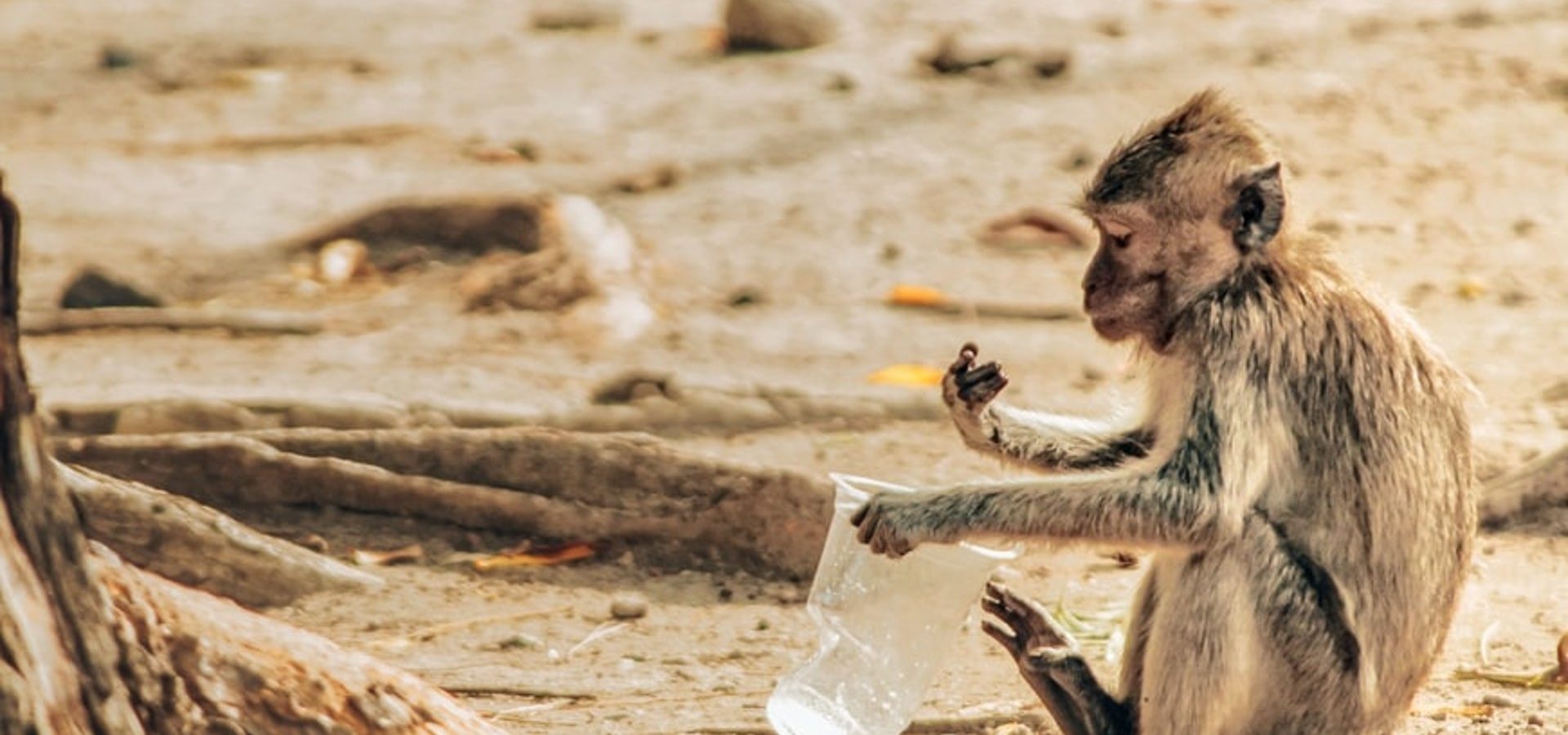Waste is uniquely a human problem. Some might argue that waste exists in nature and that all living beings create it, but we are specifically referring to man-made non-biodegradable waste. By now, it is a well-known fact that rampant waste generation and erratic waste disposal is a huge threat to nature and wildlife. Waste has been seeping into wild habitats and terrains, creating a quagmire which keeps getting worse.
However, before coming up with a panacea to solve the gargantuan problem of waste, it is essential to first understand what ‘waste’ means, and types of waste that are being created.
What is Waste?
When we refer to waste in the context of a tier-1 city, tier-2 city, or a small town, it usually means inorganic waste, which is mostly non-biodegradable (waste that cannot break down by natural means or decomposition). A major part of waste does contain organic matter such as food waste, but what global societies face is the inability or failure to segregate the organic and inorganic refuse.
Today, our lands, water bodies and even the air we breathe are choked by waste and no modern human society is exempt from it. Nature has a perfect way to recycle all organic waste, where recyclers such as beetles, earthworms and the like break each layer of waste down as a resource. On the contrary, the waste problem created by humans is a result of decades of mismanagement and lack of foresight by our own societies. According to the World Bank, in 2020 the world produced an estimated 2.24 billion tonnes of solid waste, amounting to a footprint of 0.79 kilograms per person per day. If all this waste was dumped in trucks, these trucks would go around the world 24 times.
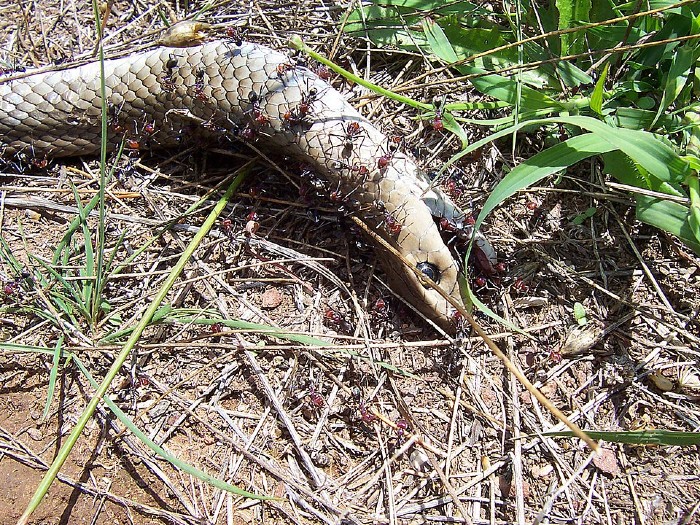
India is currently grappling with a Gordian knot around waste management, with waste segregation and disposal being the two most critical issues. Bangalore reportedly generates over 6,000 tonnes of solid waste per day and Kolkata produces an average of 4,000 tonnes daily. According to latest media reports, Delhi’s daily waste generation currently stands at a mind-boggling 12,350 tonnes.
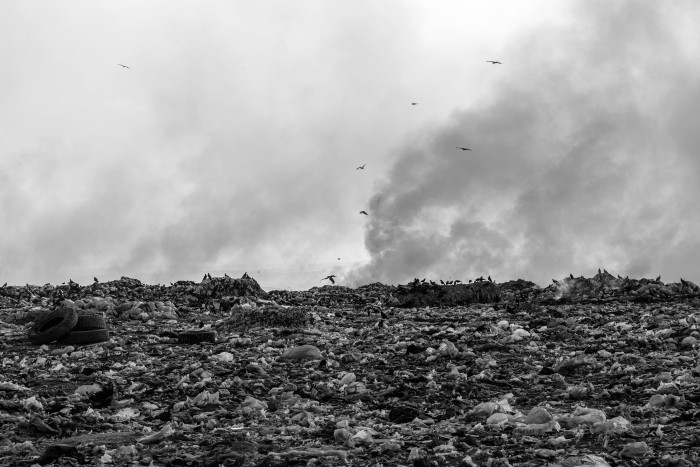
To put it into context, one tonne translates to 1,000 kg, which means Delhi is producing an unimaginable amount of waste, and almost 55% of the municipal solid waste is going into the oversaturated and overused landfills in Bhalswa, Okhla and Ghazipur. This not only releases greenhouse gases and contributes to emissions, but also trickles down deep into the land, thereby polluting the groundwater. The waste we are mostly referring to here is our day-to-day domestic and industrial solid waste. However, knowing the different categories of waste is basic and essential education that we require to tackle this mammoth issue.
Types of Waste
Waste in our society is primarily divided into solid and liquid waste. Solid waste means and includes solid or semi-solid domestic waste, sanitary waste, commercial waste, institutional waste, catering and market waste, street sweepings, agricultural and dairy waste. There are further subdivisions of solid waste which include bio-medical waste from hospitals and clinics, and e-waste (electronic waste). Domestic waste can include both biodegradable materials such as kitchen waste and leftover food, as well as non-biodegradable materials such as plastic, steel and glass, to name a few.
Liquid waste includes harmful effluents and chemicals mixed with water, sewage, and wastewater from domestic households which are dumped untreated into freshwater bodies, seas and oceans. A huge chunk of liquid waste stems from the water that has been used for bathing, cleaning and washing, and from an industrial point of view, this waste in the water is produced from factories while manufacturing various products.
But one particular type of waste looms large over our conscience, and its improper disposal has destroyed the natural environment in unthinkable ways. If ‘plastics’ is the word that popped into your head, then you have taken the right guess. According to the International Union for Conservation of Nature (IUCN), annually over 300 million tonnes of plastic are produced for use in a wide variety of applications. In a bizarre failure of waste management, at least 8 million tonnes of plastic end up in our oceans every year and constitute 80% of all marine debris.
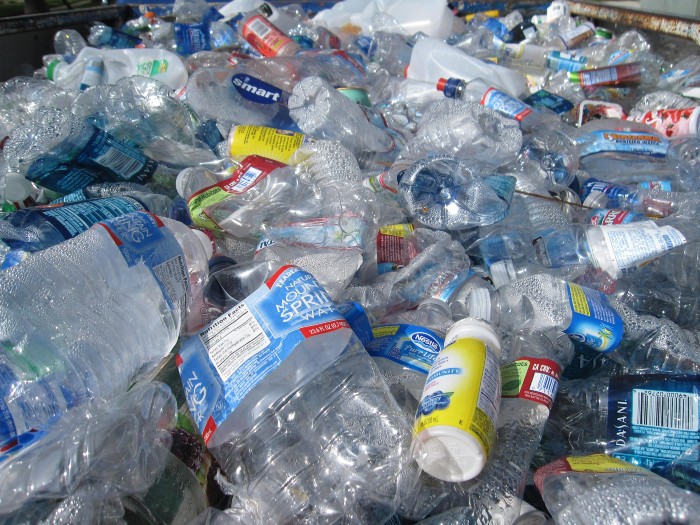
These plastics come in all shapes and sizes and being inorganic in nature, they are not biodegradable. The three most widely used forms of plastic include polyethylene, followed by polypropylene and then polyvinyl chloride. These polymers can take somewhere between 400-1,000 years to break down naturally. Knowing this, one can hardly ignore the fact that the plastic waste generated from our households is already choking our lands, waters, wild animals and will eventually choke our entire planet too.
Importance of Waste Segregation
With so much plastic and other waste in the natural environment, societies are running out of spaces to dump our trash. The Great Pacific Garbage Patch has come into existence as a collection of waste gathered by the ocean, and it is not difficult to figure out that the source of this pollution is human settlements – cities, towns and villages – across the planet. Measuring a mind-boggling 1.6 million sq km, the Pacific garbage patch is more than double the size of Turkey and nearly three times the size of France.
Out of all the creation of man, this one is certainly not something to be proud of. Realistic but simple efforts such as segregating waste at the source in a proper manner is the first step to embrace. Municipal corporations of various cities and towns have to be equally active in spreading awareness about the need for waste segregation at source for effective management. Once segregation is done, it must be effectively followed by ensuring that the collected segregated waste is not dumped together eventually in the landfill, a fact that demotivates most people to practise this. It is a travesty of environmental justice that Delhi being a national capital does not have any mechanism for collecting segregated waste.
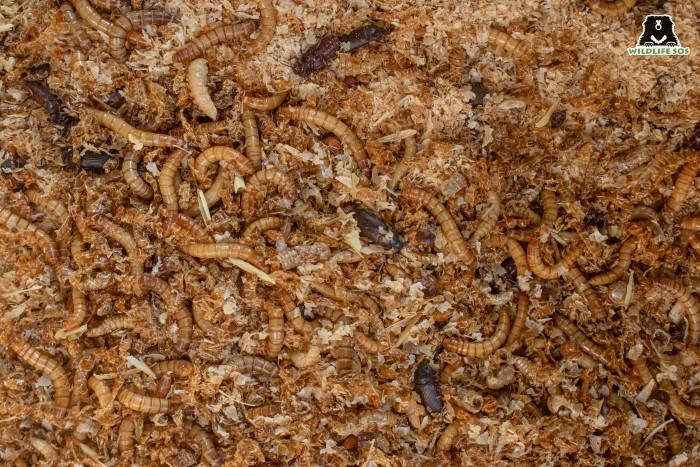
Moreover, there is still no city-wide implementation from civic authorities to inform citizens about the importance of segregating their waste at home. Once awareness is created about this, more citizens can use organic kitchen waste as fertilisers or compost for gardening. Inorganic, non-biodegradable waste can be sent for recycling, or can be upcycled by us. Any further delay in implementation will keep poisoning our lands and water bodies to a point of no return. As we mentioned in the beginning, waste is uniquely a human problem and to tackle it, its solution also has to be uniquely human.

